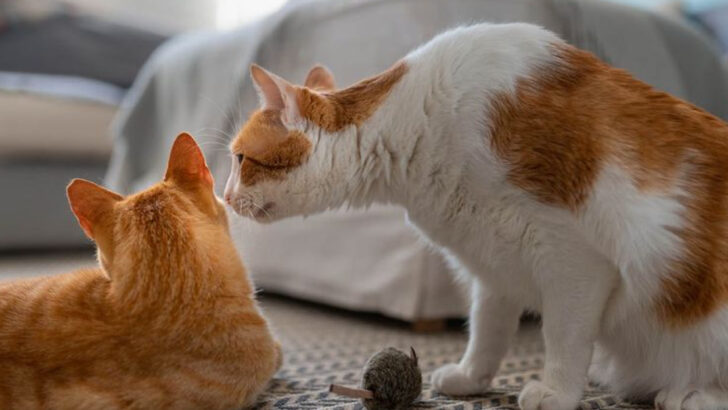Not every purr is a promise.
You walk into the shelter, and there they are—dozens of whiskered faces behind glass, all looking for love. But not all those sweet eyes tell the same story.
Some cats come with warning signs.
Big ones.
From hidden health issues to deep-seated fear, it’s easy to miss the clues when your heart’s already melting. But trust us: adopting the wrong cat can turn heartbreakingly messy—fast.
Still, when it is right?
You’ll know.
The head tilt. The slow blink. The sudden flop into your lap like you’ve been soulmates forever.
This guide breaks down the red flags you can’t afford to ignore—and the green lights that scream “take me home.”
Whether you’re a first-timer or a seasoned cat whisperer, these 20 clues can make all the difference between a rocky start and a lifelong bond.
Red Flag: Aggressive Behavior
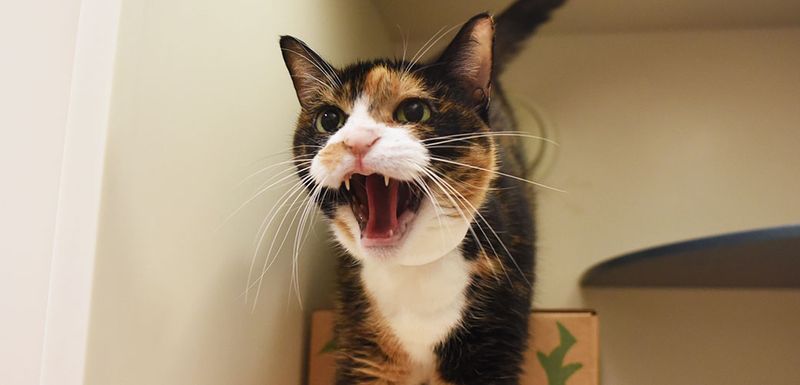
Aggression is a significant red flag when adopting a cat. If a cat consistently hisses, growls, or swats at you, it may have underlying issues. While some cats may be scared or stressed initially, persistent aggression could indicate deeper behavioral problems.
It’s important to consider whether you have the experience and resources to handle an aggressive cat.
A vet or behaviorist may be able to help, but remember that some cats may not be suitable for homes with children or other pets. Approach with caution and observe interactions closely.
Red Flag: Litter Box Issues
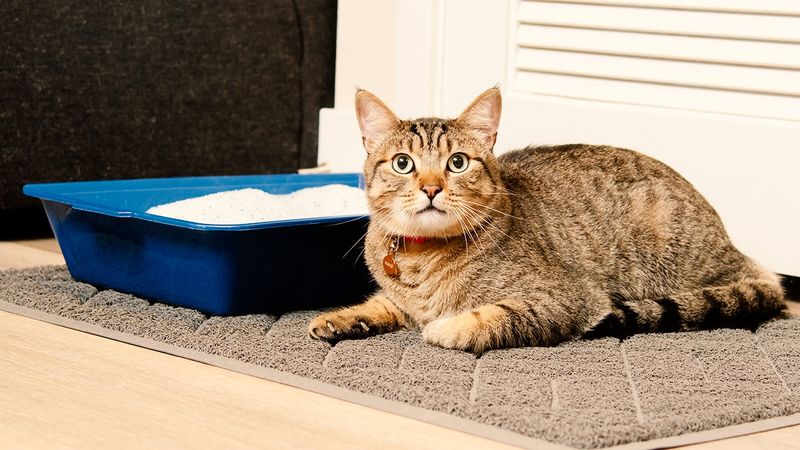
Cats are usually meticulous about their bathroom habits. Repeated litter box issues, such as urinating outside the box, can signal a problem.
This could be due to medical conditions, anxiety, or a dislike of the litter type or box location.
Understanding the cause is crucial, as ongoing problems might require significant changes in your home environment. Consult with a veterinarian to rule out medical issues before deciding, as this behavior can be very challenging to manage long-term.
Red Flag: Excessive Shyness
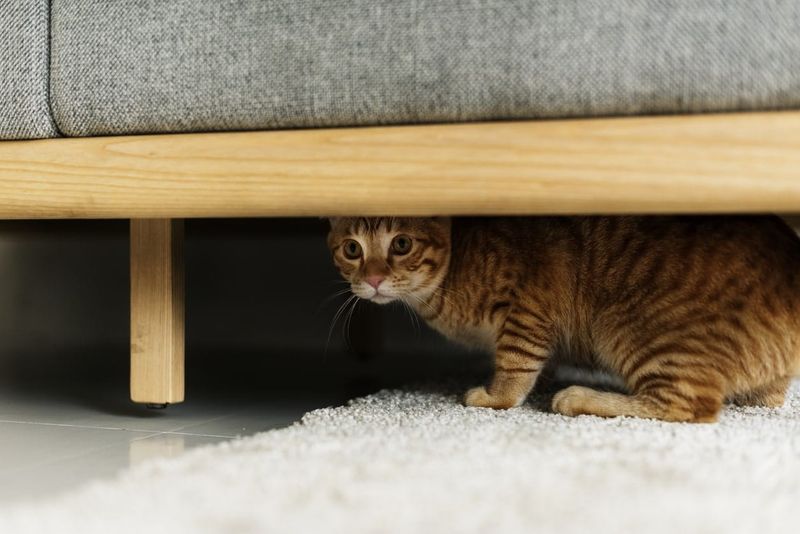
Excessive shyness can be a red flag if the cat is too fearful to interact. Some cats take time to adjust, but if a cat persistently hides or avoids all contact, it may have difficulty fitting into an active household.
This behavior can stem from past trauma or lack of socialization.
Consider if your environment allows for a quiet space where a shy cat can feel safe. Patient and gentle handling might help improve confidence over time, but patience and understanding are key.
Red Flag: Health Problems
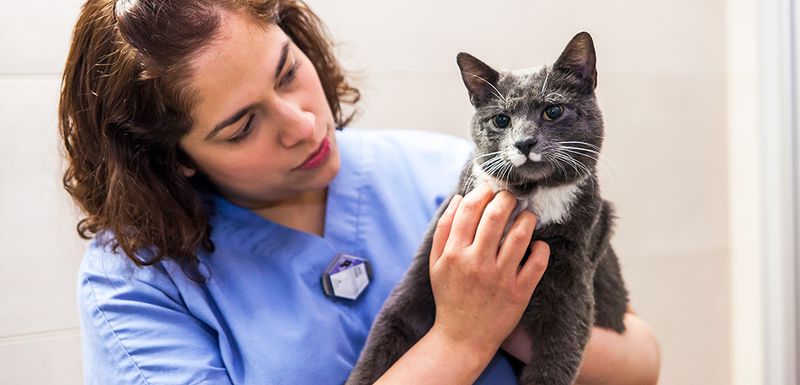
Cats with apparent health issues, such as chronic sneezing or eye discharge, should be approached with caution. While many conditions are treatable, they can require long-term care and commitment.
It’s vital to have a vet assess any health concerns to understand the potential costs and care needs.
Consider your capacity to provide necessary medical attention and resources before adopting a cat with known health issues, as untreated conditions can affect quality of life and spread to other pets.
Red Flag: Lack of Interest in Interaction
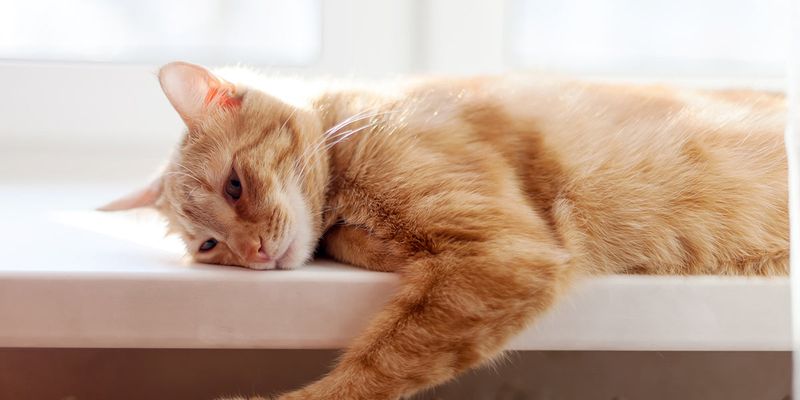
A cat that shows little interest in interaction or play may not be a good fit for a lively home. Cats typically enjoy engaging with their environment, and a lack of interest could be a sign of depression or illness.
Monitor the cat’s behavior to determine if it’s just a temporary mood or a chronic issue.
Ensure that your lifestyle aligns with a quieter companion if you choose to adopt a less interactive cat. Consultation with a vet may reveal underlying health issues affecting the cat’s disposition.
Red Flag: Unpredictable Temperament
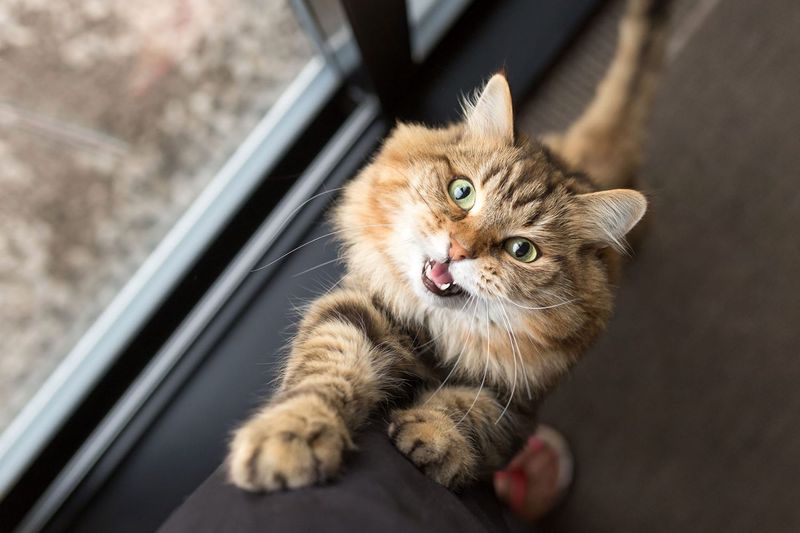
Cats with unpredictable temperaments can pose challenges, especially in families with children or other pets. If a cat frequently shifts from calm to aggressive without clear triggers, it may be difficult to manage safely.
Understanding the causes of these mood swings is important.
Potential adopters should have experience in handling cats and patience to work through behavioral issues. Professional guidance could be beneficial, but approach with caution if you’re seeking a stable and predictable companion.
Red Flag: Destructive Behavior
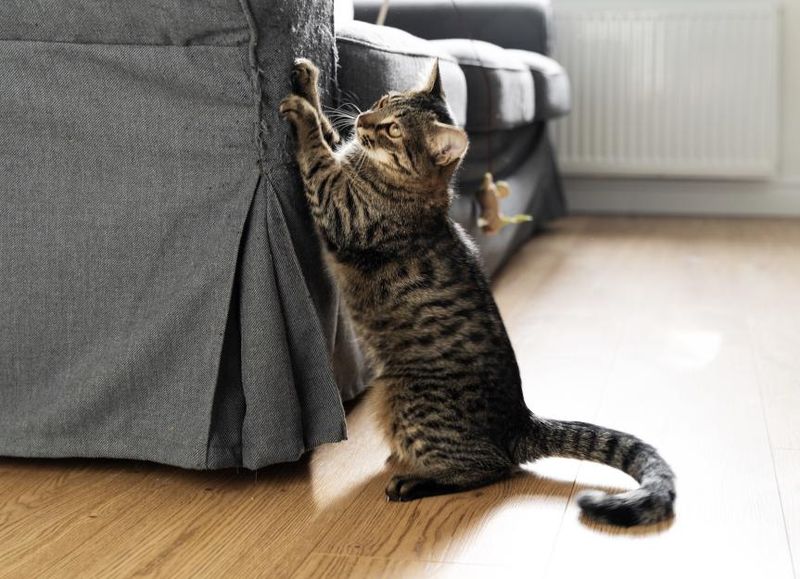
Destructive behavior is a concern when adopting a cat, especially if it continues despite redirection. Cats that scratch furniture or knock items over may need extra training or environmental enrichment.
This behavior can result from boredom, anxiety, or lack of mental stimulation.
Consider if you have the time and patience to address these behaviors and provide alternatives like scratching posts or interactive toys. Understanding and meeting a cat’s needs can often mitigate destructive tendencies.
Red Flag: Poor Socialization with Other Animals
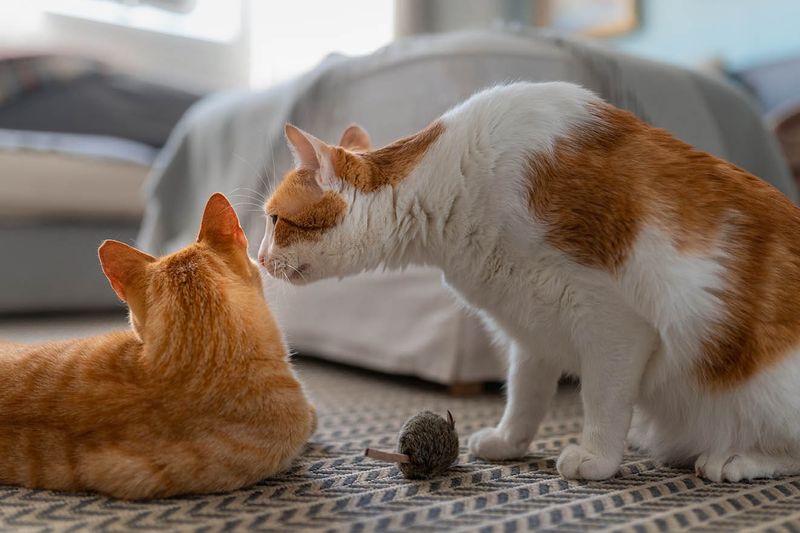
If a cat displays poor socialization with other animals, it can be a red flag for homes with existing pets. Hissing, swatting, or aggressive behavior towards other cats or dogs might signal a lack of prior socialization.
Assess the cat’s ability to adapt to multi-pet households.
Introducing a new cat to existing pets requires careful management and might not succeed if early signs show hostility. Observe interactions in a controlled environment to determine compatibility before making a decision.
Red Flag: Overly Vocal Behavior
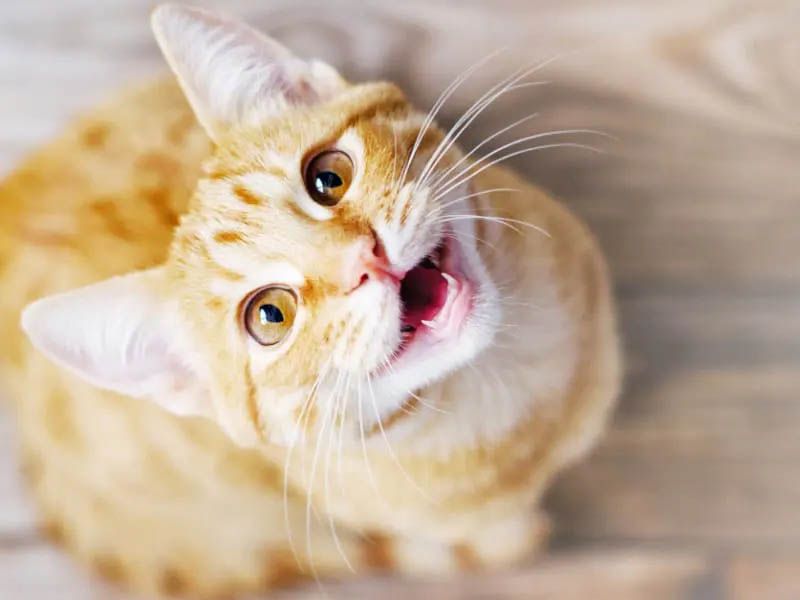
While some cats are naturally chatty, excessive vocalization can be a red flag. Constant meowing, yowling, or crying might indicate stress, attention-seeking, or medical issues.
Understanding the cause of vocal behavior is essential to address it properly.
Consult with a vet to eliminate health concerns, and consider if your lifestyle can accommodate a particularly vocal pet. Certain breeds are more prone to chatter, so research their characteristics if noise levels are a concern for you.
Red Flag: Resistance to Handling
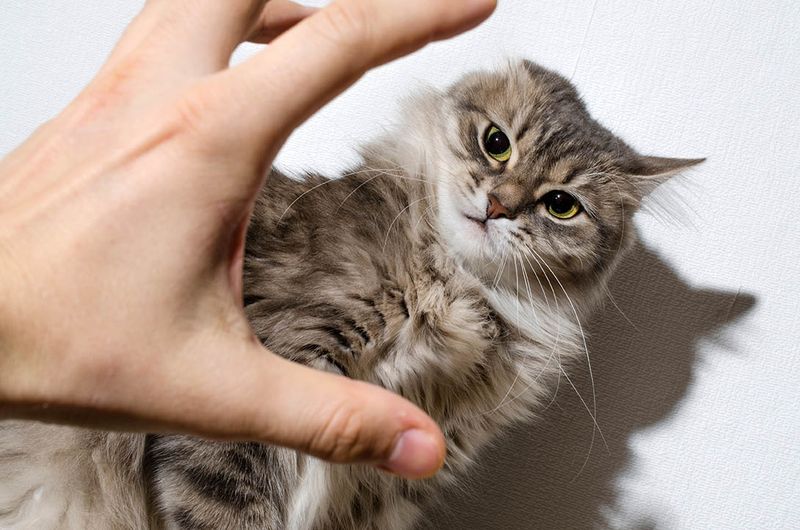
Resistance to handling is a red flag, especially for those seeking a cuddly companion. Cats that resist being picked up or held may have had negative experiences or simply prefer less physical contact.
This behavior can be managed with patience, but it requires understanding a cat’s personal boundaries.
Assess if you can accommodate a cat that prefers independence and less handling. Enriching the cat’s environment with opportunities for interaction can help build trust over time.
Perfect Sign: Affectionate Nature
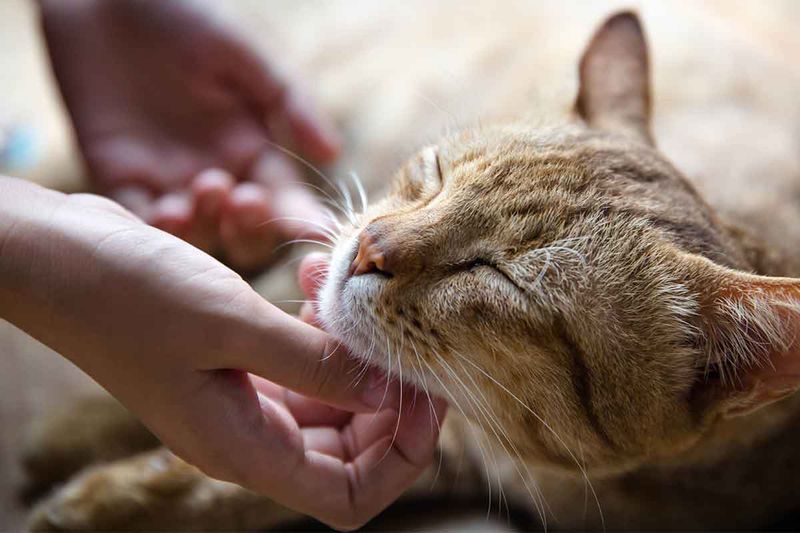
An affectionate cat that seeks out your company is a promising sign. If a cat nuzzles, purrs, or follows you around, it likely enjoys human interaction.
These behaviors reflect a trusting and loving nature, making it ideal for families or individuals seeking companionship.
Affectionate cats can help reduce stress and provide emotional comfort, forming strong bonds with their owners. Consider lifestyle compatibility when choosing an affectionate cat, ensuring you have time for mutual interaction and connection.
Perfect Sign: Playfulness and Curiosity
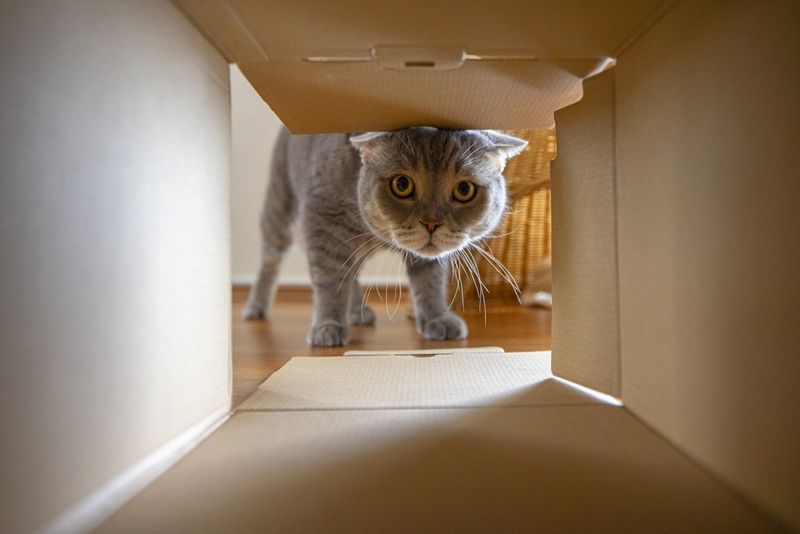
Cats that are playful and curious often make wonderful pets. These traits indicate a healthy, engaged cat eager to explore its environment.
Such cats are likely to provide endless entertainment and interaction, ideal for active households.
Their curiosity can lead to strong bonds with their owners as they share in the joy of discovery and playtime. Providing an environment rich in stimuli, like toys and climbing spaces, can further enhance their well-being and happiness.
Perfect Sign: Adaptable Personality
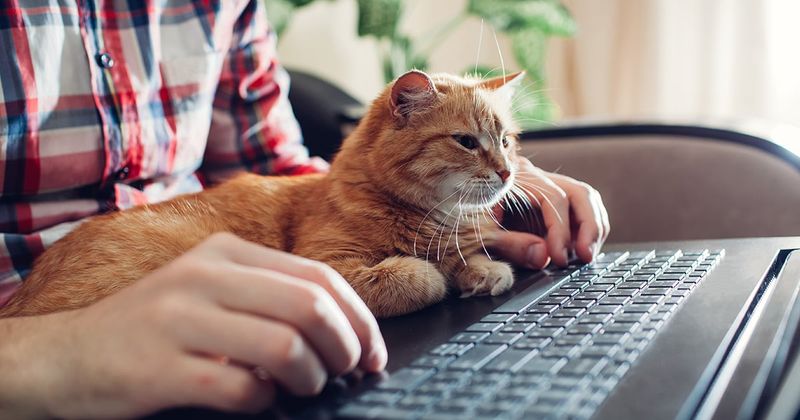
An adaptable cat can adjust to various situations with ease. If a cat remains calm during changes like traveling or meeting new people, it’s a sign of a well-balanced temperament.
These cats are generally easier to integrate into diverse environments, making them suitable for families on the go.
Adaptability reduces stress for both the cat and its owners, ensuring a harmonious living situation. Observe how the cat responds to new experiences to gauge its adaptability before adopting.
Perfect Sign: Healthy Appetite
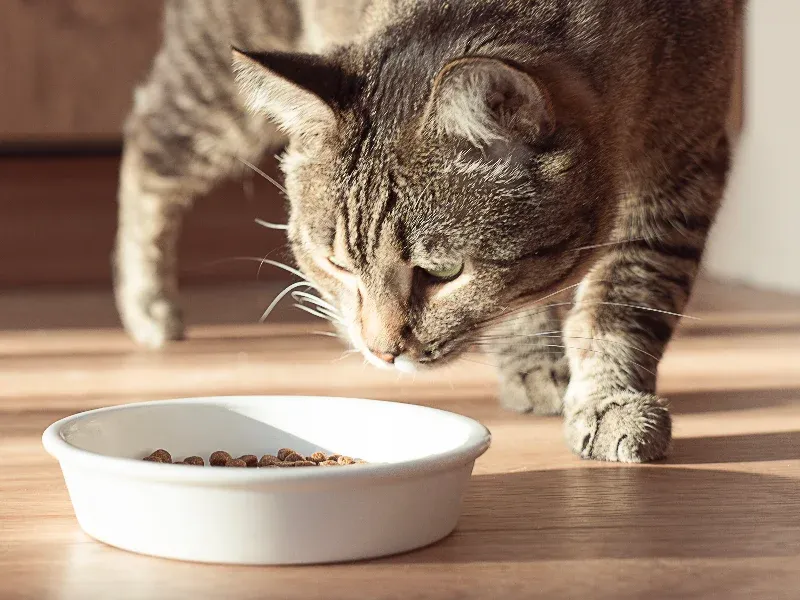
A healthy appetite is a positive sign of a cat’s overall well-being. Cats that eat well are likely in good health, both physically and emotionally.
A balanced diet and regular eating patterns contribute to a cat’s vitality and energy levels.
If a cat shows enthusiasm at mealtime and maintains a healthy weight, it’s a promising indicator of contentment and health, suggesting fewer medical concerns down the line. Monitor the cat’s feeding habits as part of your assessment process.
Perfect Sign: Gentle Interaction with Other Animals
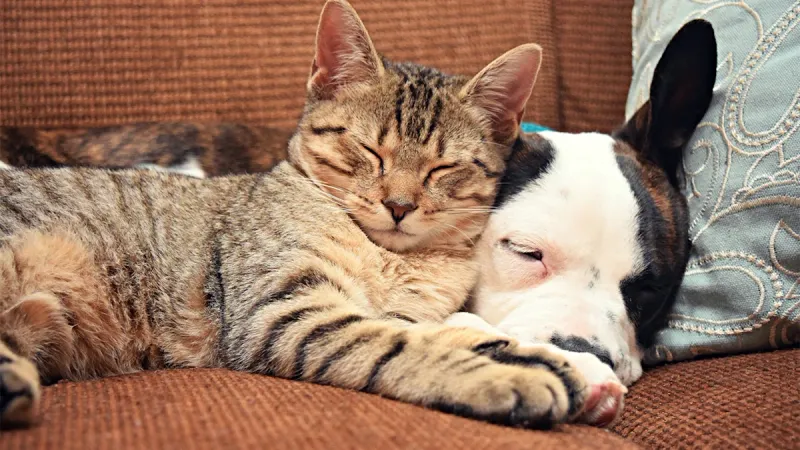
Cats that interact gently with other animals are ideal for multi-pet households. A cat that plays or relaxes amicably with dogs or other cats shows good social skills.
These interactions reflect a balanced temperament and adaptability, reducing the stress of introducing a new pet to the family.
Such cats are likely to integrate smoothly into homes with existing pets, fostering a peaceful cohabitation environment. Observe the cat’s behavior around other animals to ensure compatibility.
Perfect Sign: Good Litter Box Habits
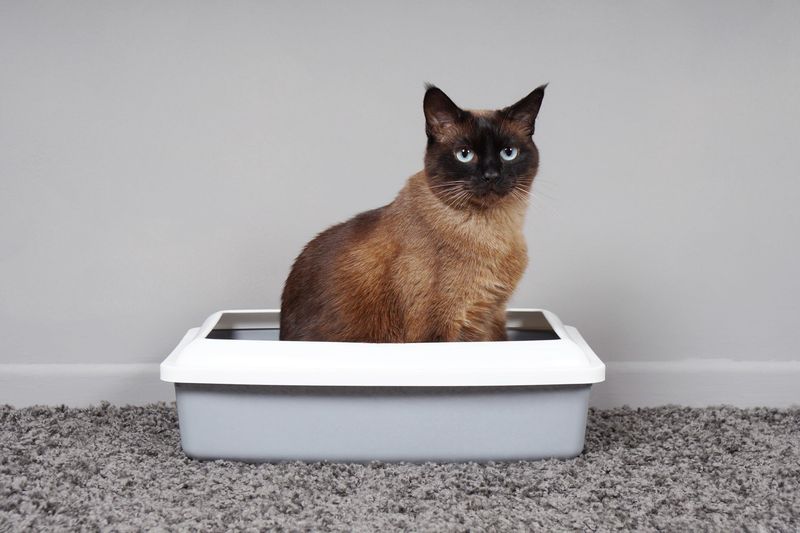
Cats with good litter box habits signal ease of care and a well-adjusted nature. Prompt and consistent use of the litter box indicates comfort in their environment.
This behavior reduces maintenance concerns and ensures a clean living space for both cat and owner.
Reliable litter box habits are often linked to a cat’s overall contentment and health, making it a critical aspect to consider during adoption. Check for consistent use and cleanliness when evaluating potential cats.
Perfect Sign: Low Maintenance Grooming
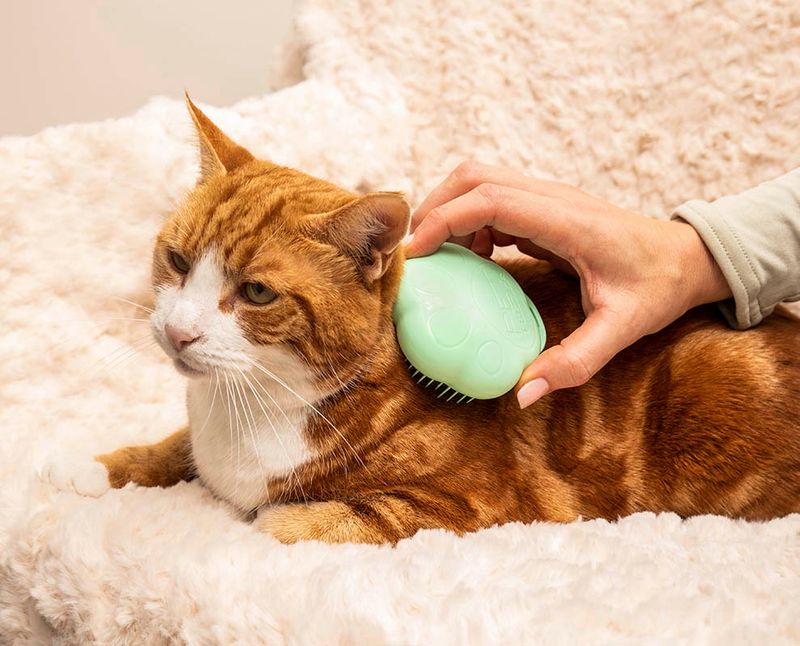
Cats that maintain a sleek, shiny coat often require less grooming intervention from their owners. If a cat regularly grooms itself and appears clean and well-kept, it indicates good health and self-maintenance.
Low-maintenance cats are ideal for busy individuals or families looking for a pet without extensive grooming needs.
A healthy coat reflects a cat’s overall well-being, contributing to a more carefree pet ownership experience. Observe the cat’s grooming habits to evaluate its self-care abilities.
Perfect Sign: Calm and Relaxed Demeanor
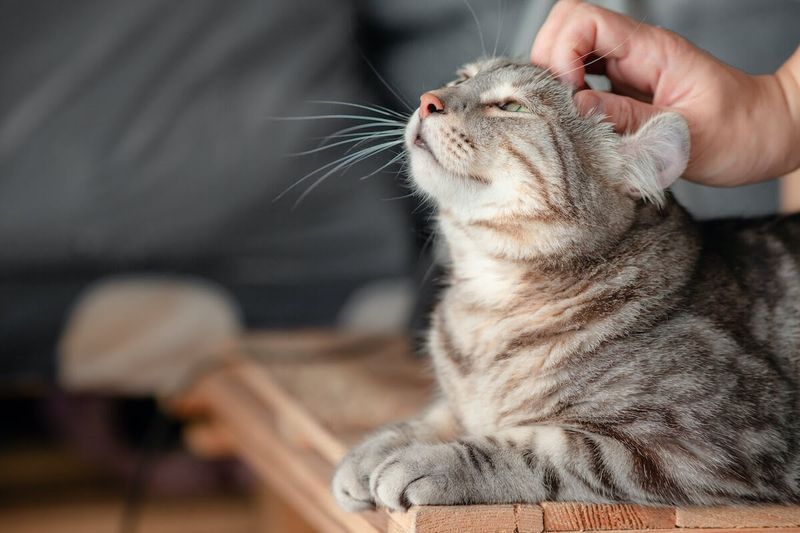
A calm and relaxed demeanor is a reassuring trait when adopting a cat. If a cat lounges without a care, especially in new environments, it reflects a confident and easygoing personality.
Such cats adapt well to various homes, providing a soothing presence.
Their tranquil nature can bring a sense of peace and companionship, ideal for individuals seeking a stress-free pet experience. Observe the cat’s behavior in different settings to ensure it maintains this calmness consistently.
Perfect Sign: Communicative and Engaged

Engaged and communicative cats express their needs and emotions effectively. If a cat responds to your presence with gentle meows or eye contact, it shows a willingness to connect.
This trait fosters strong bonds and makes the cat a delightful companion.
A communicative cat can enhance understanding between pet and owner, reducing frustration and improving cohabitation. Consider the cat’s ability to interact and express itself when assessing suitability for adoption.
Perfect Sign: Strong Bond with Humans
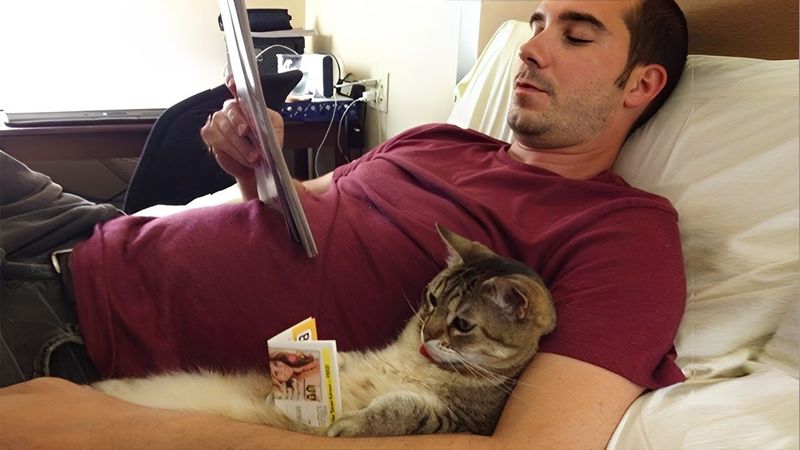
Cats that form strong bonds with humans offer companionship and emotional support. If a cat seeks closeness, such as snuggling or purring when near you, it shows a deep attachment.
These cats are ideal for those looking for a meaningful pet relationship.
Their affectionate nature enriches daily life, offering solace and joy. Evaluate the cat’s behavior towards humans to ensure it aligns with your desire for closeness and companionship.

